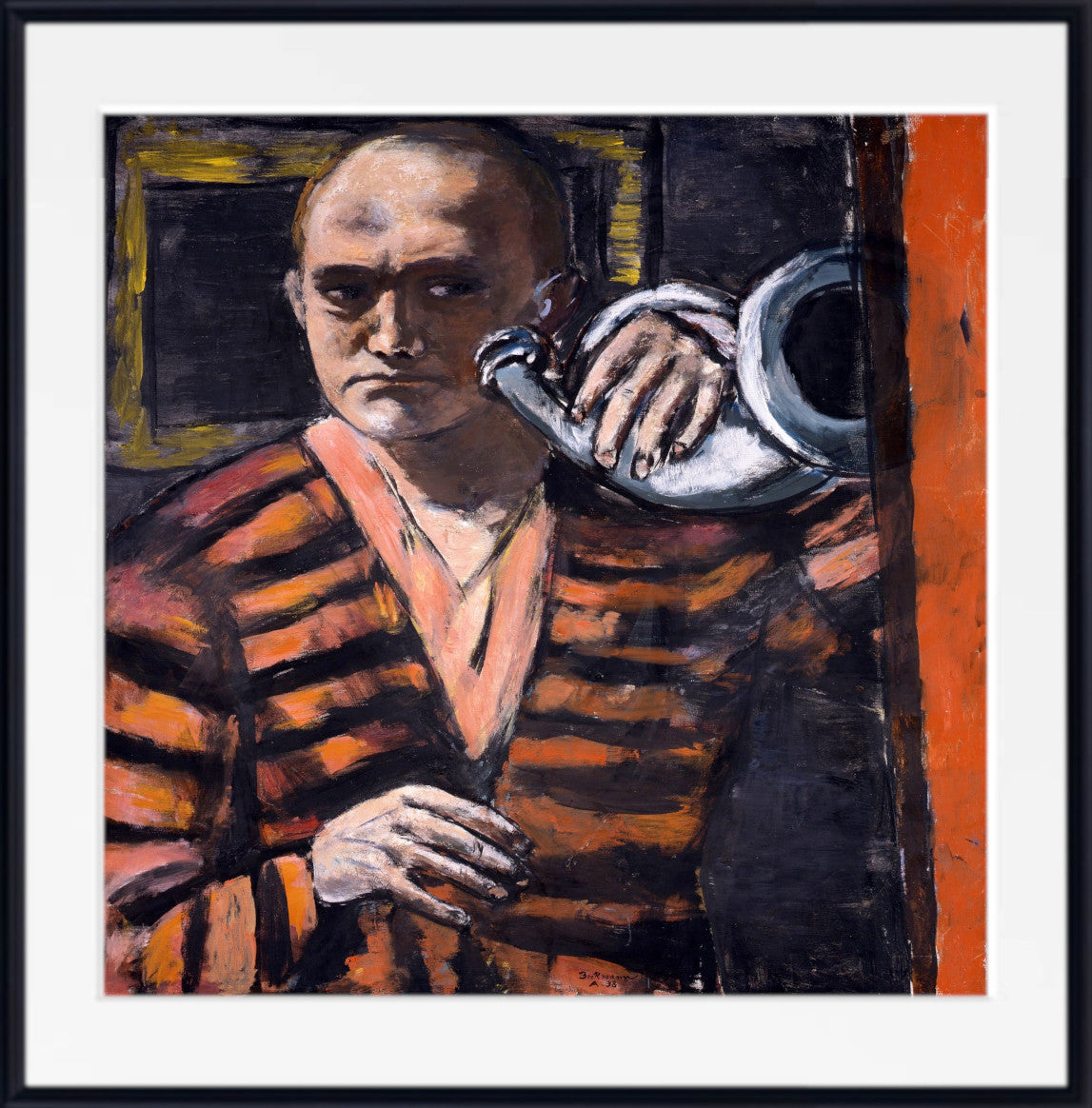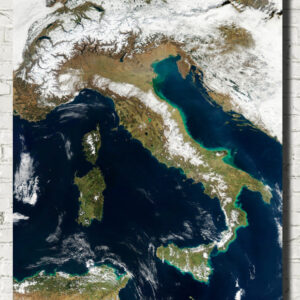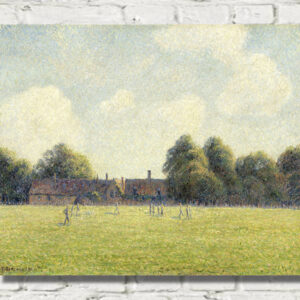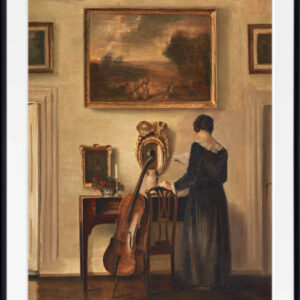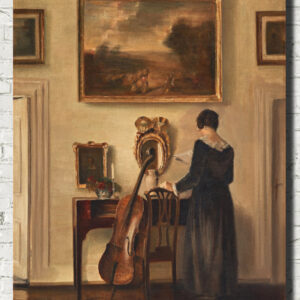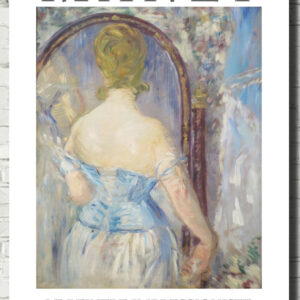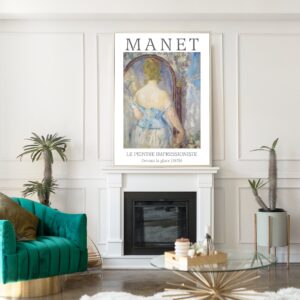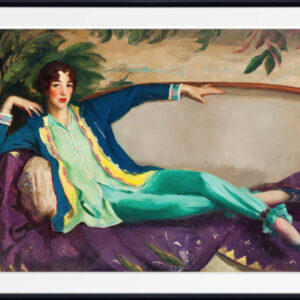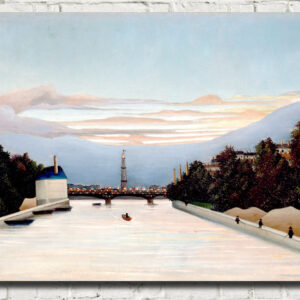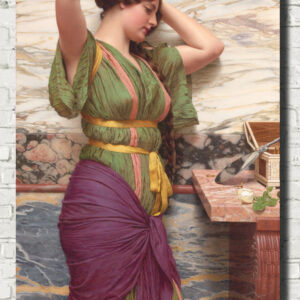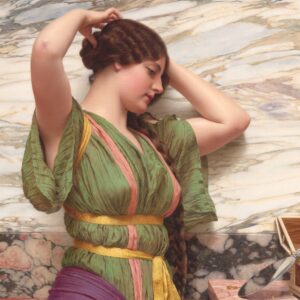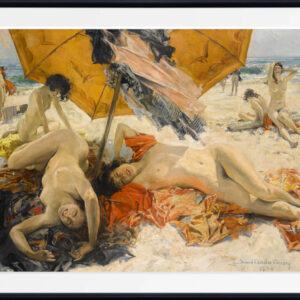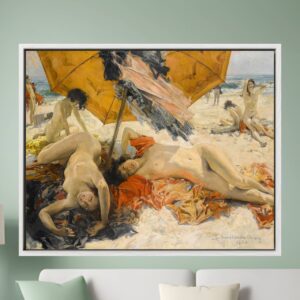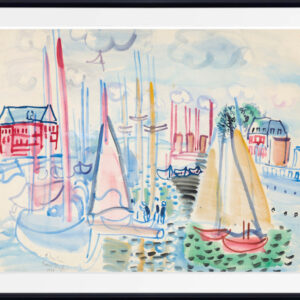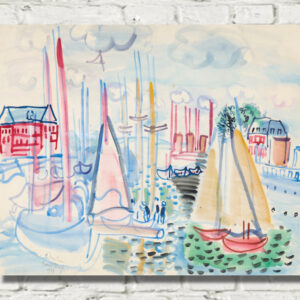Max Beckmann, Self Portrait with Horn – New Objectivity
Self-Portrait with Horn was painted in 1938, just after Beckmann fled Nazi Germany to seek refuge in Amsterdam. The exiled artist shows himself isolated and withdrawn, alone on the island of his soul, as he put it. His sidelong glance suggests that he is sunk in his own dark thoughts. Yet Beckmann vividly highlights his head, hands, and musical horn, focusing our attention on his intellect and spirit. The painting reflects the artist’s abiding faith in the dignity of the individual.
While the war raged in Europe, Self-Portrait with Horn played a vital role in helping to establish the artist’s reputation in America. Beckmann finally set sail from Europe in August 1947 to take up a teaching post at the Washington University Art School in Saint Louis. For the remaining three years of his life, Beckmann relished the companionship and vitality he discovered in the United States.
Max Carl Friedrich Beckmann (February 12, 1884 – December 27, 1950) was a German painter, draftsman, printmaker, sculptor, and writer. Although he is classified as an Expressionist artist, he rejected both the term and the movement. In the 1920s, he was associated with the New Objectivity (Neue Sachlichkeit), an outgrowth of Expressionism that opposed its introverted emotionalism. Even when dealing with light subject matter like circus performers, Beckmann often had an undercurrent of moodiness or unease in his works. By the 1930s, his work became more explicit in its horrifying imagery and distorted forms with combination of brutal realism and social criticism, coinciding with the rise of nazism in Germany
Available as a fine art print and as a stretched canvas panel (heavy fine art canvas stretched over 1.5 inch deep edge solid wood frame)
All prints are made using archival art stocks and UV pigment inks to give up to 200 years life. Prints are sold unframed and unmounted.

